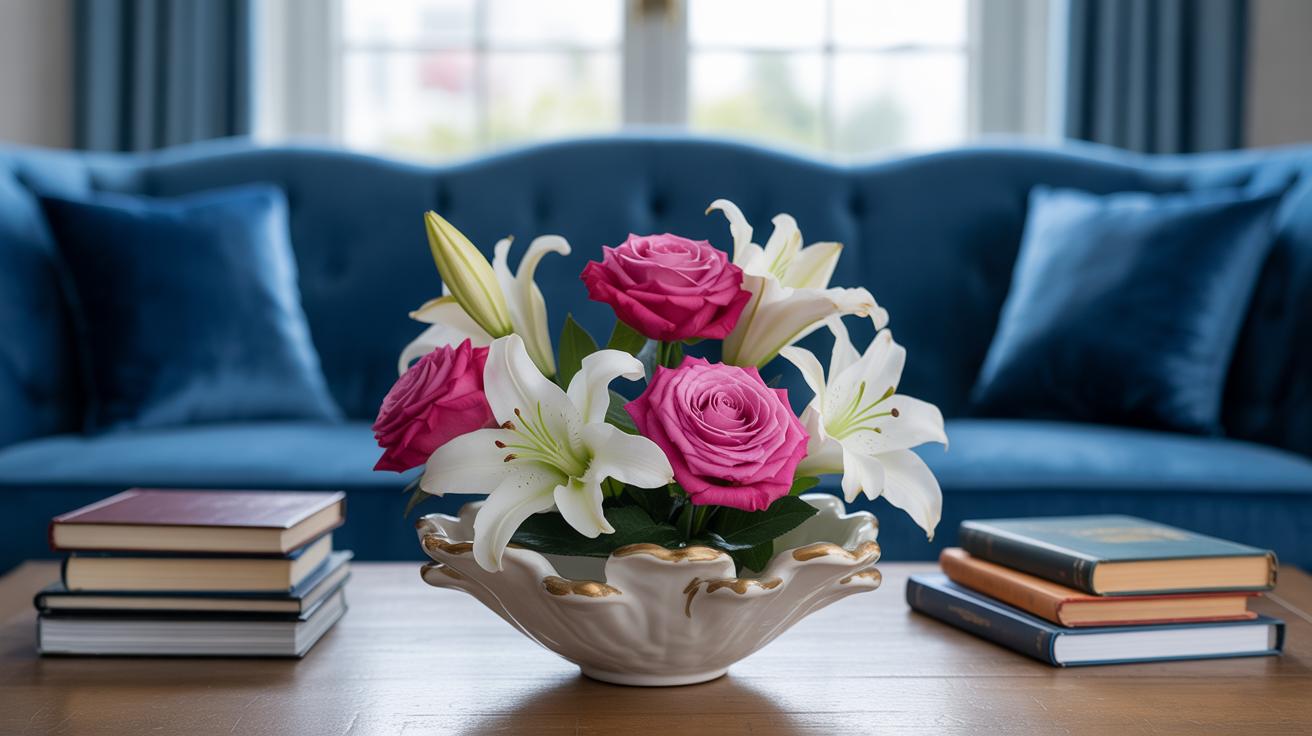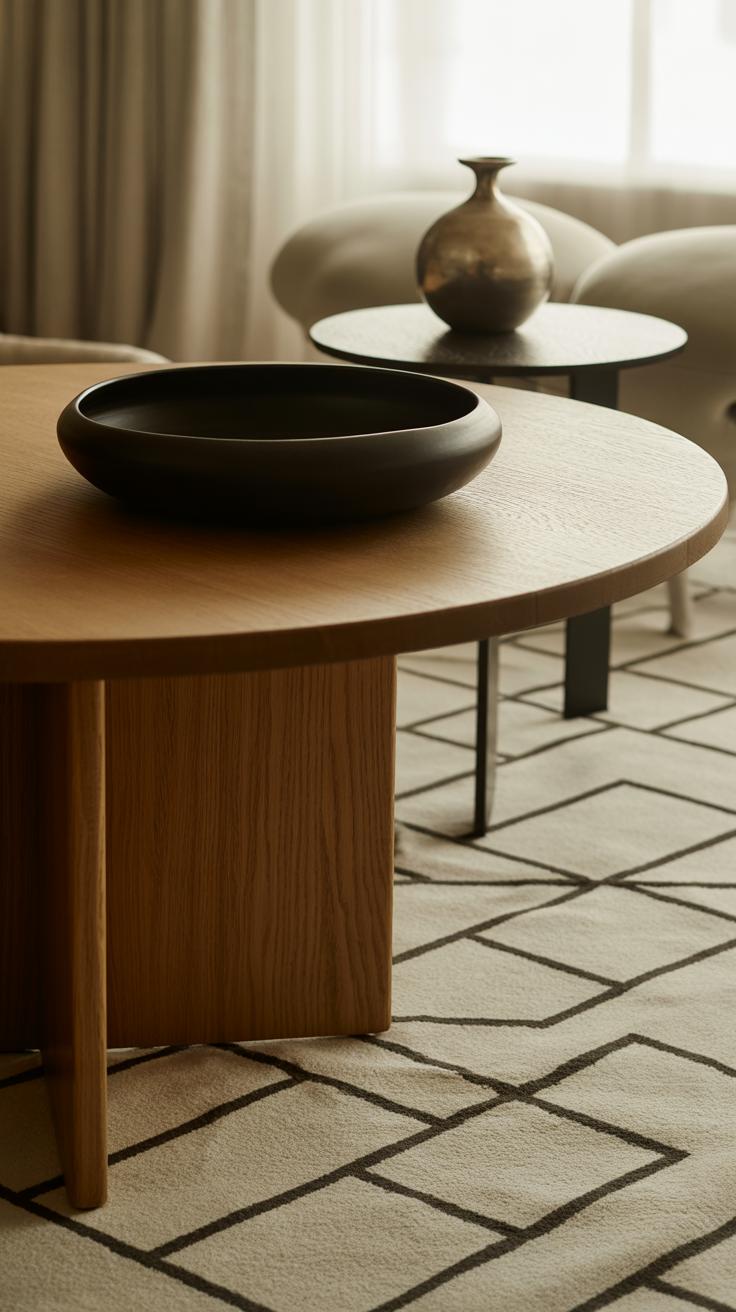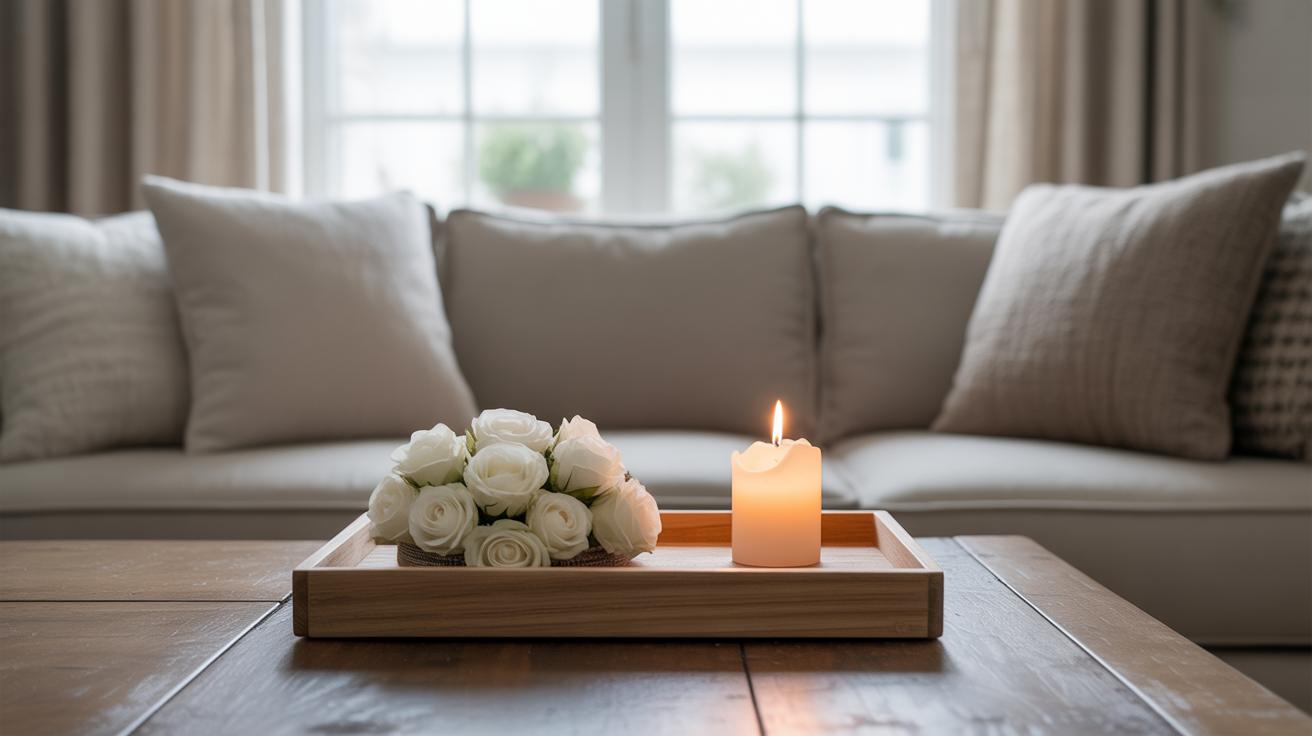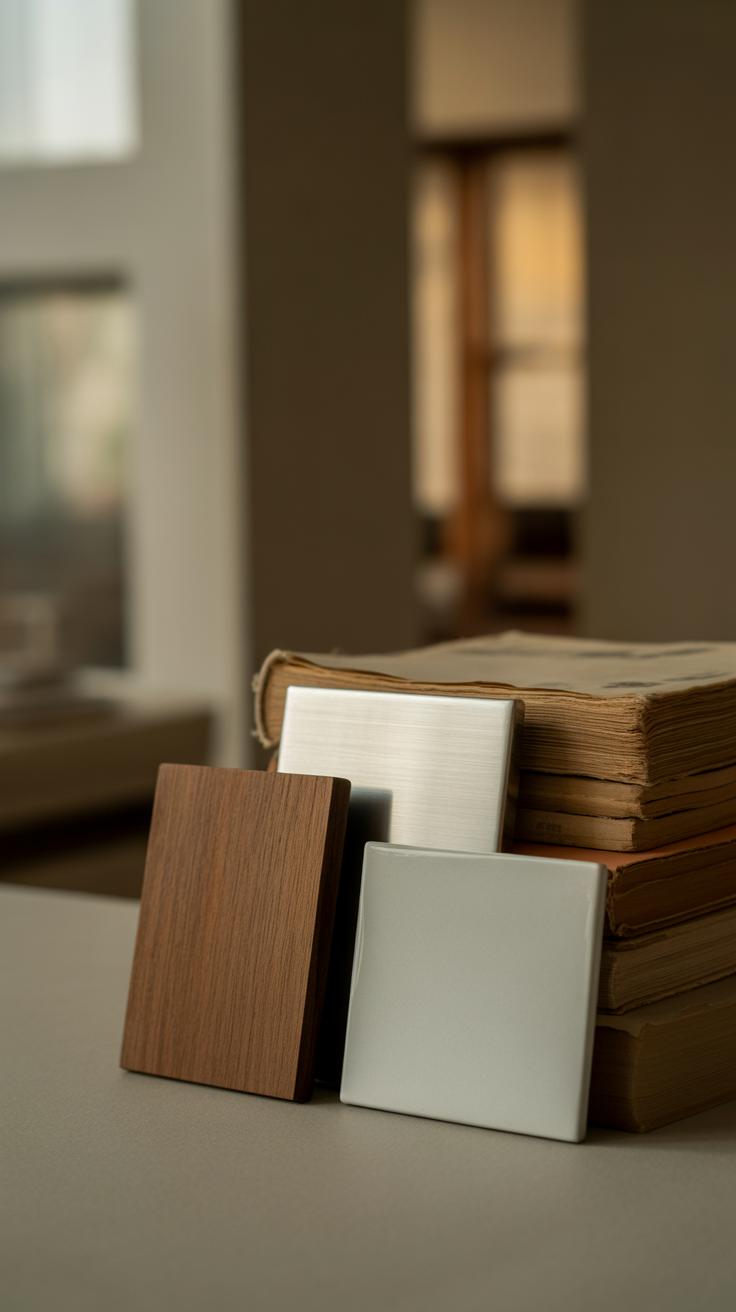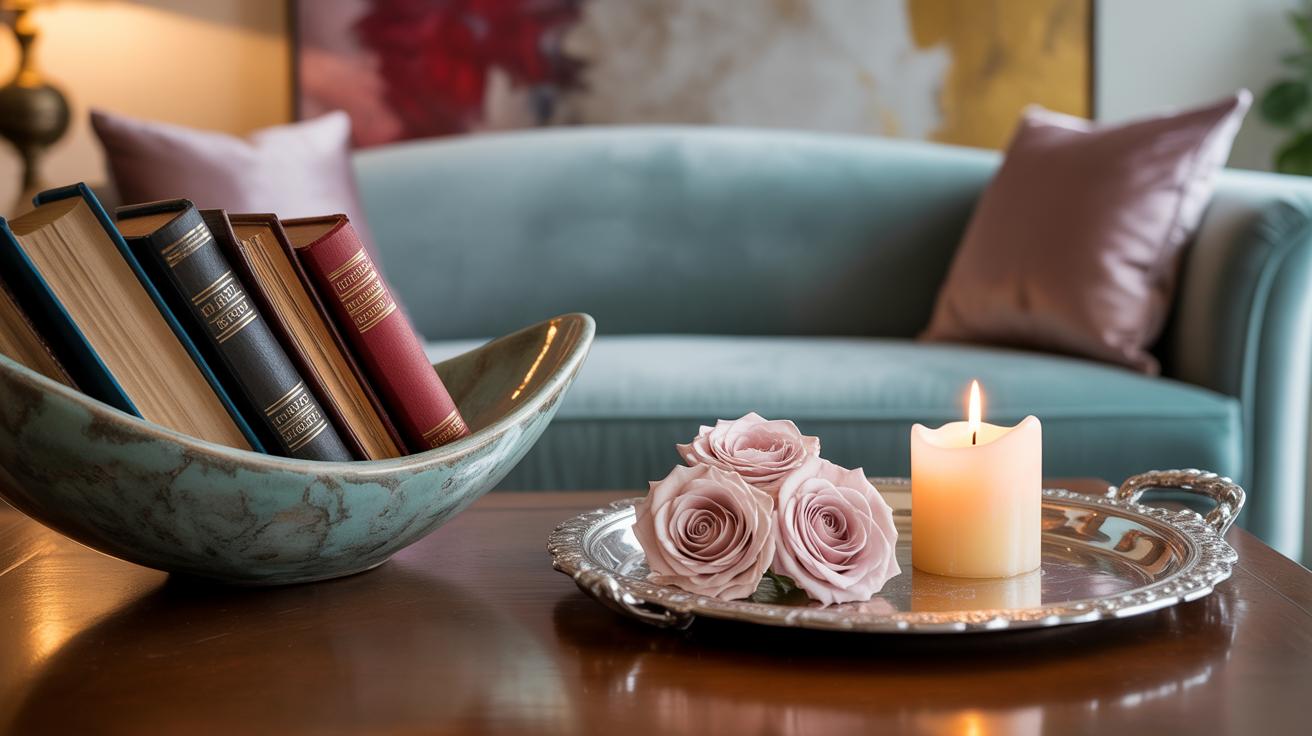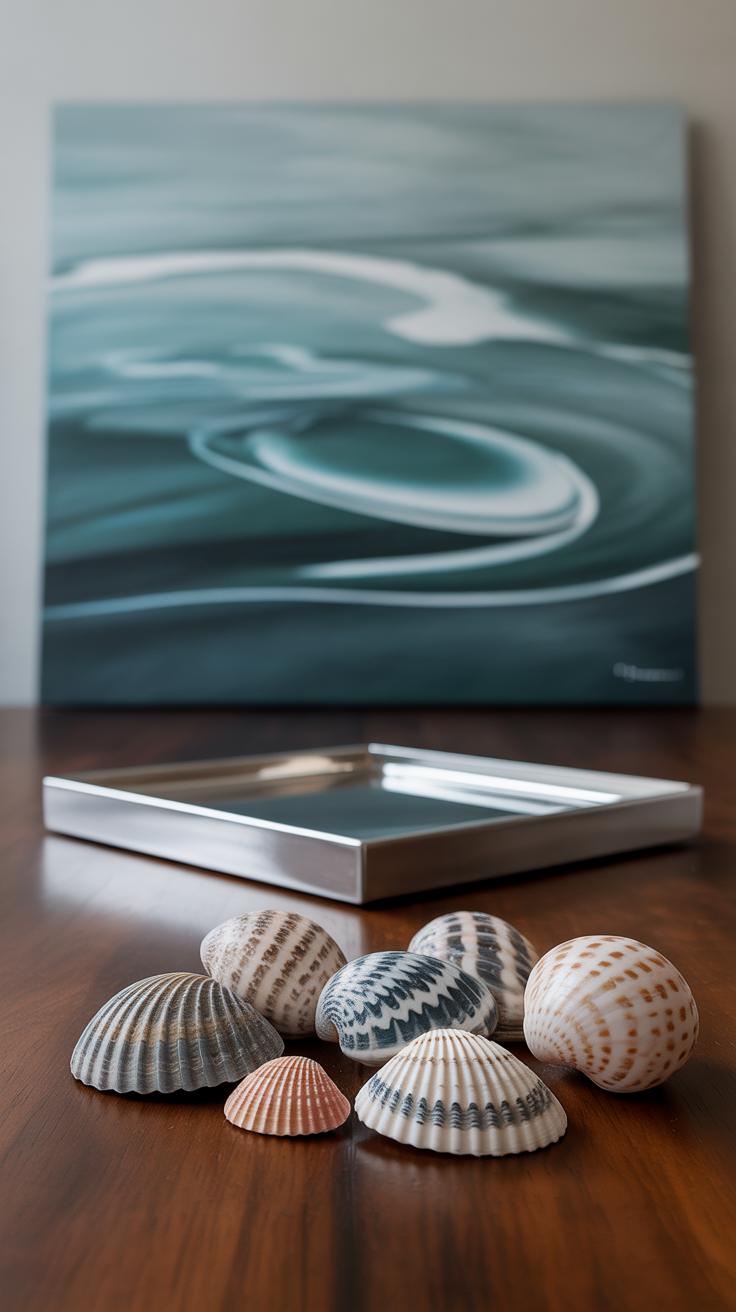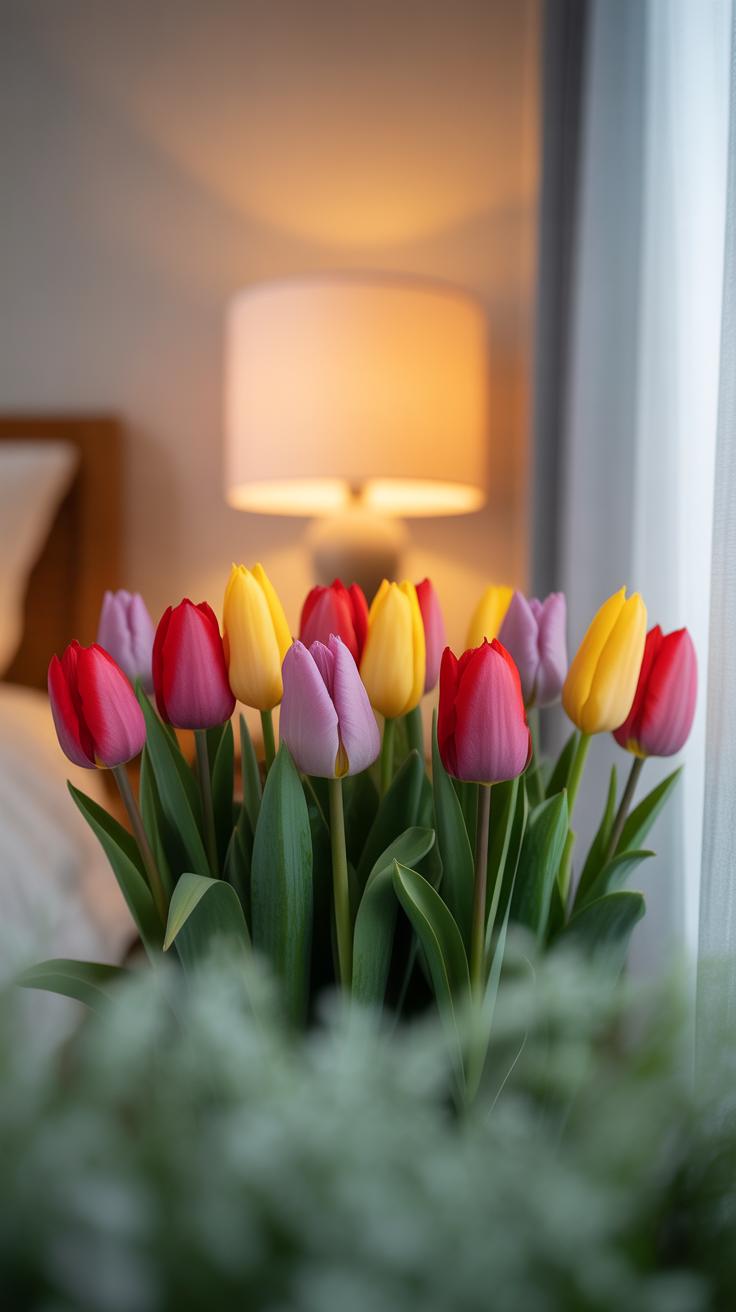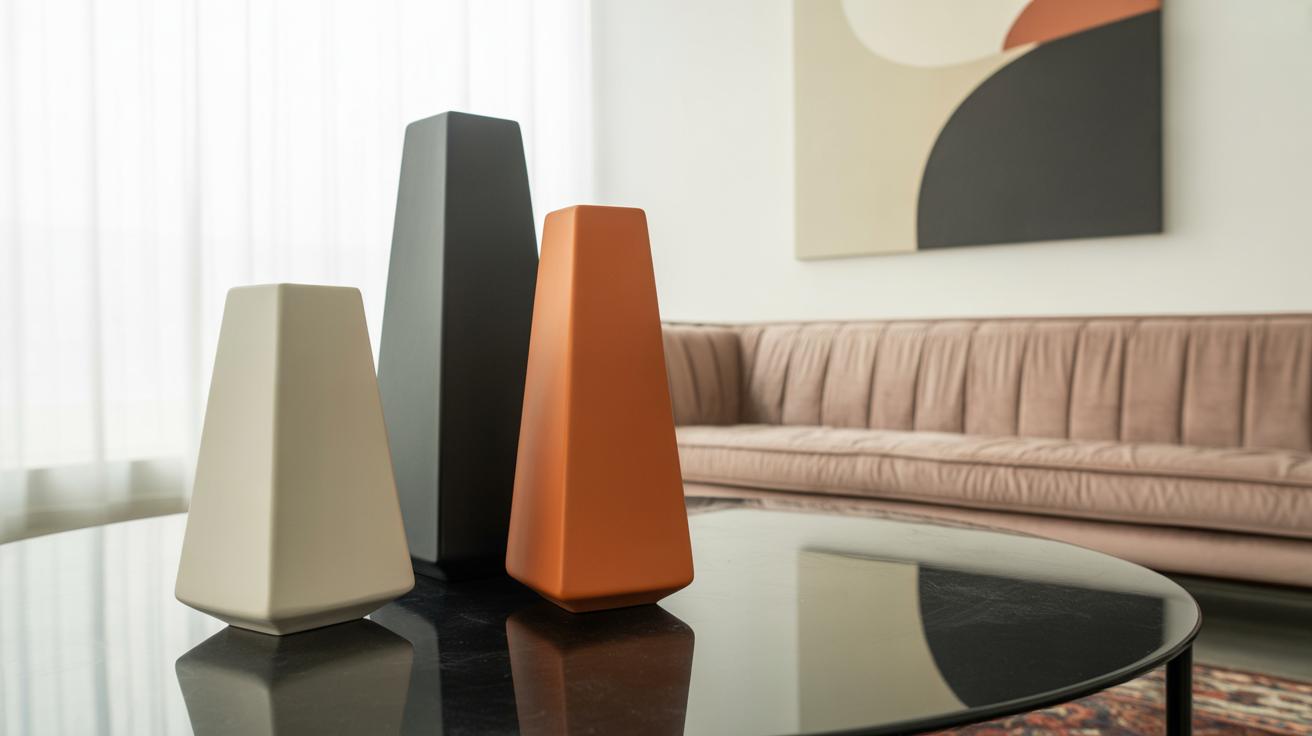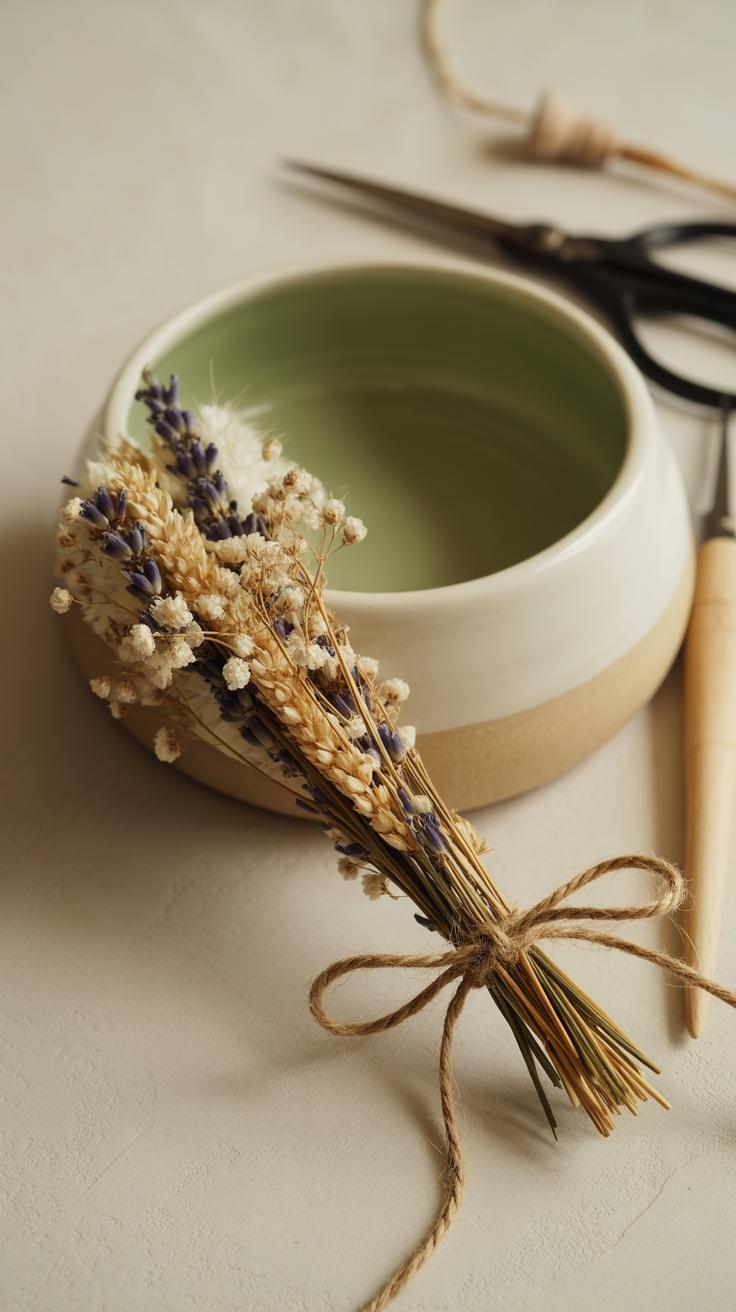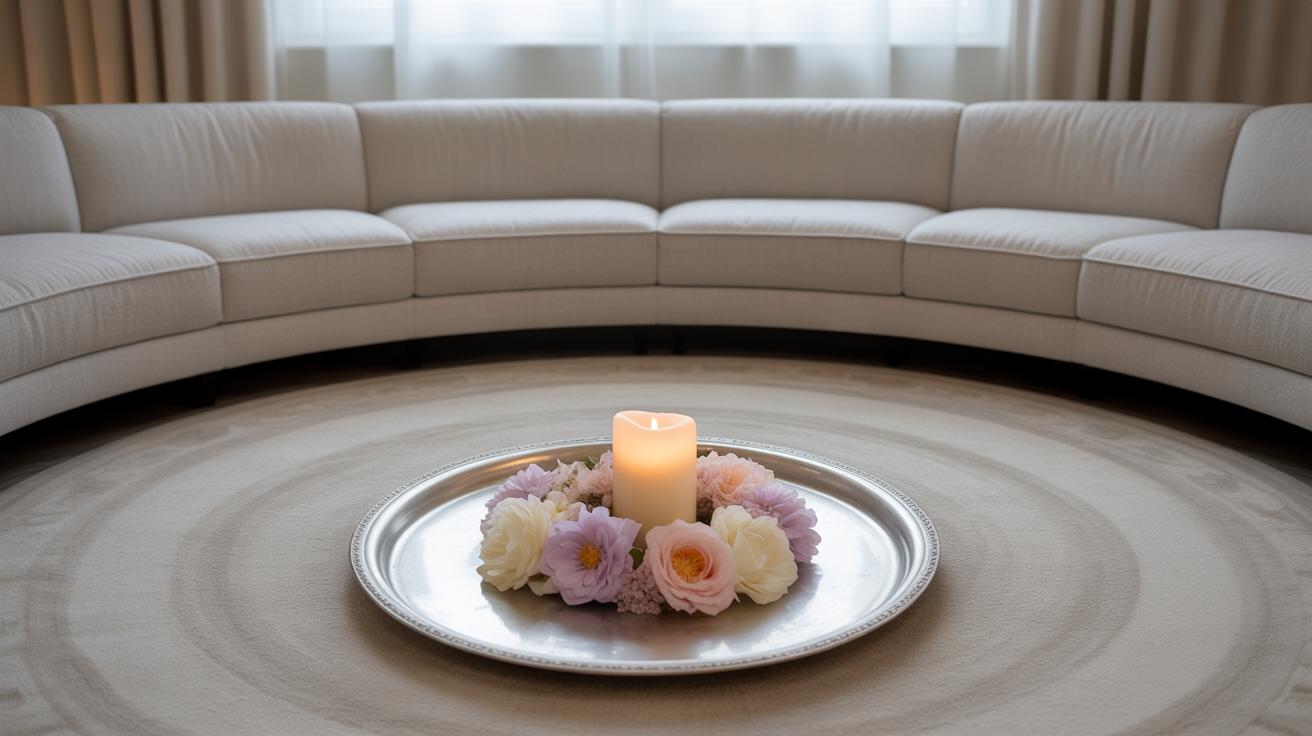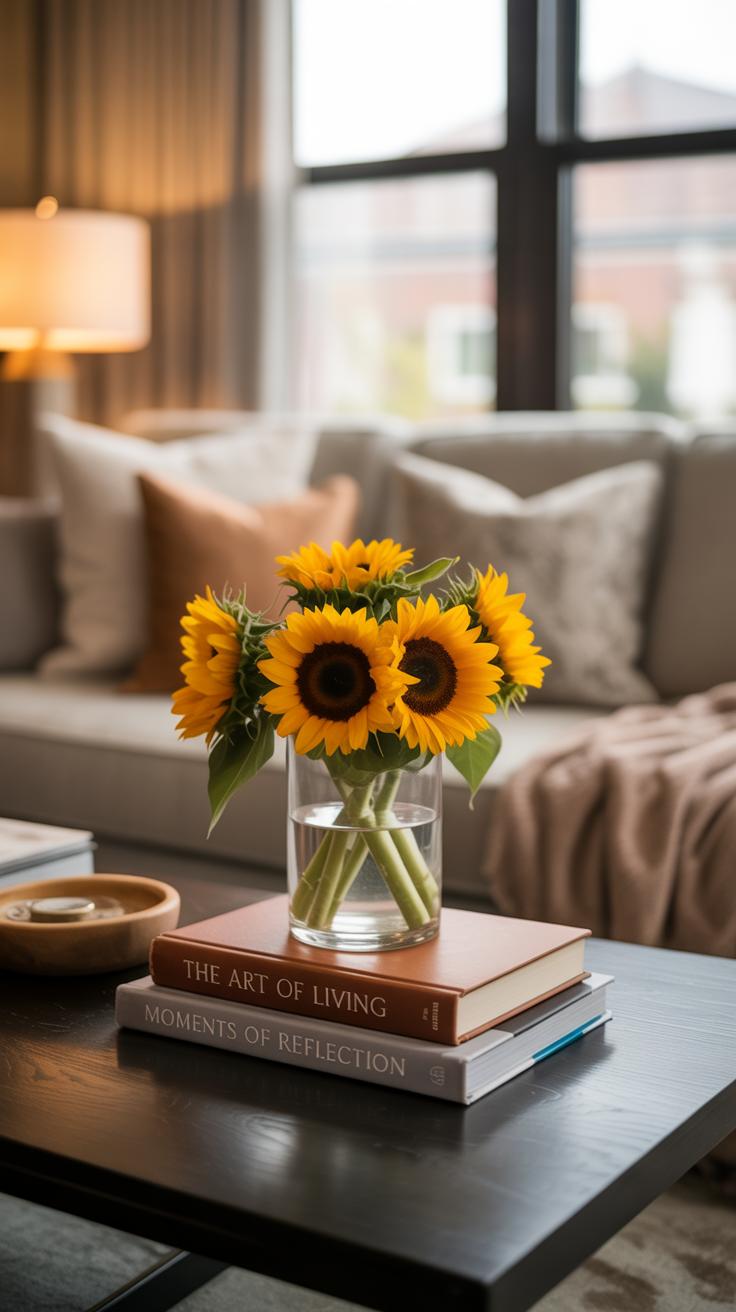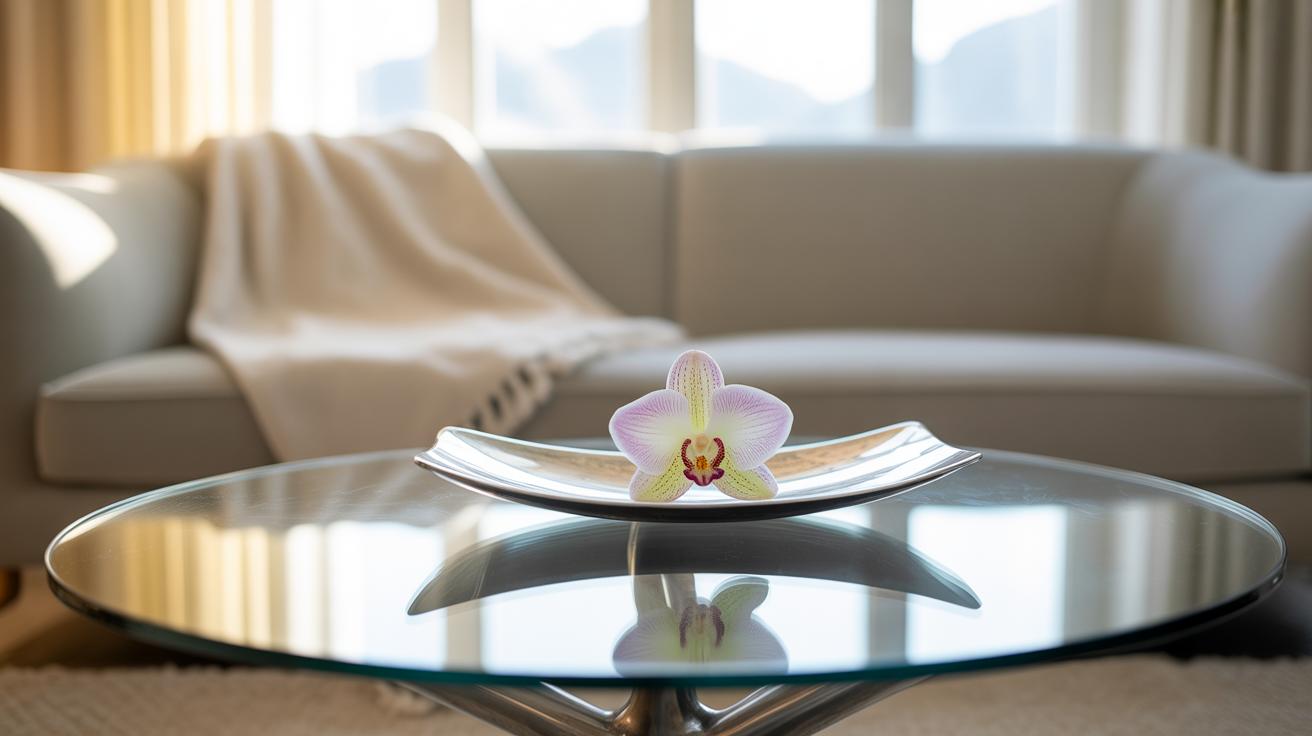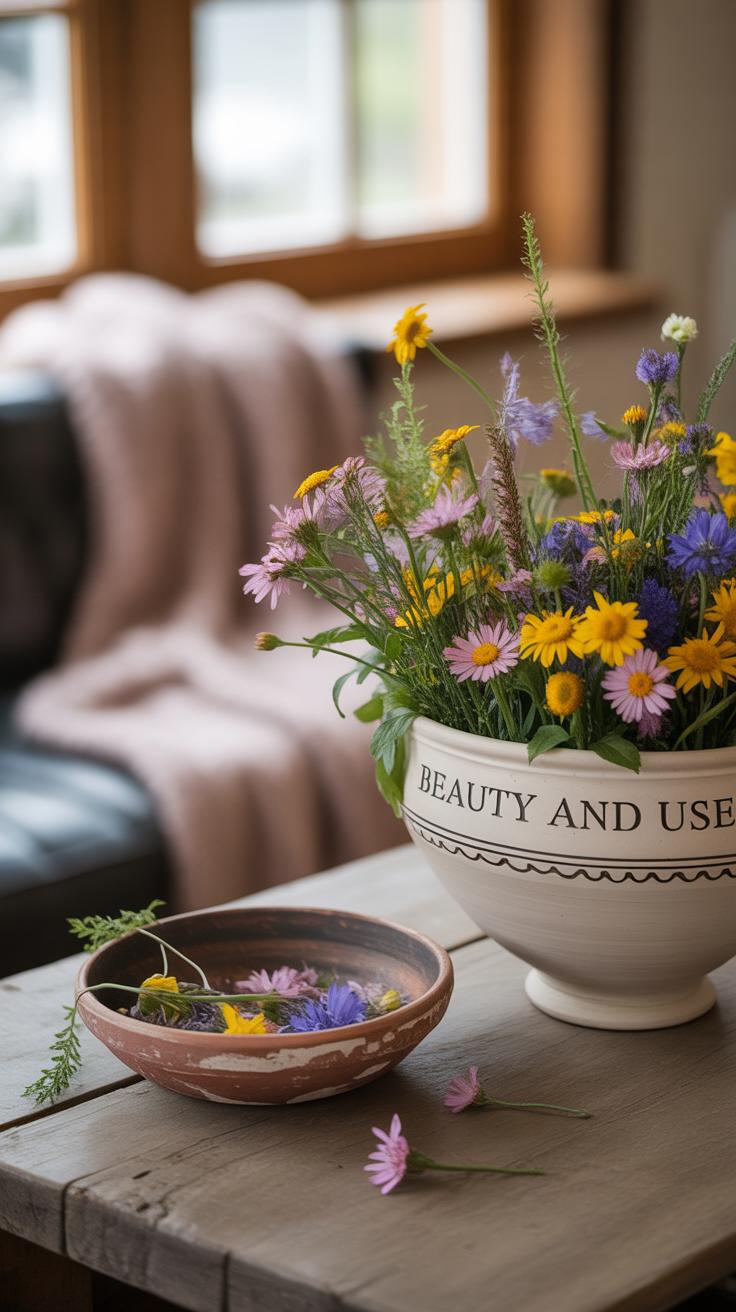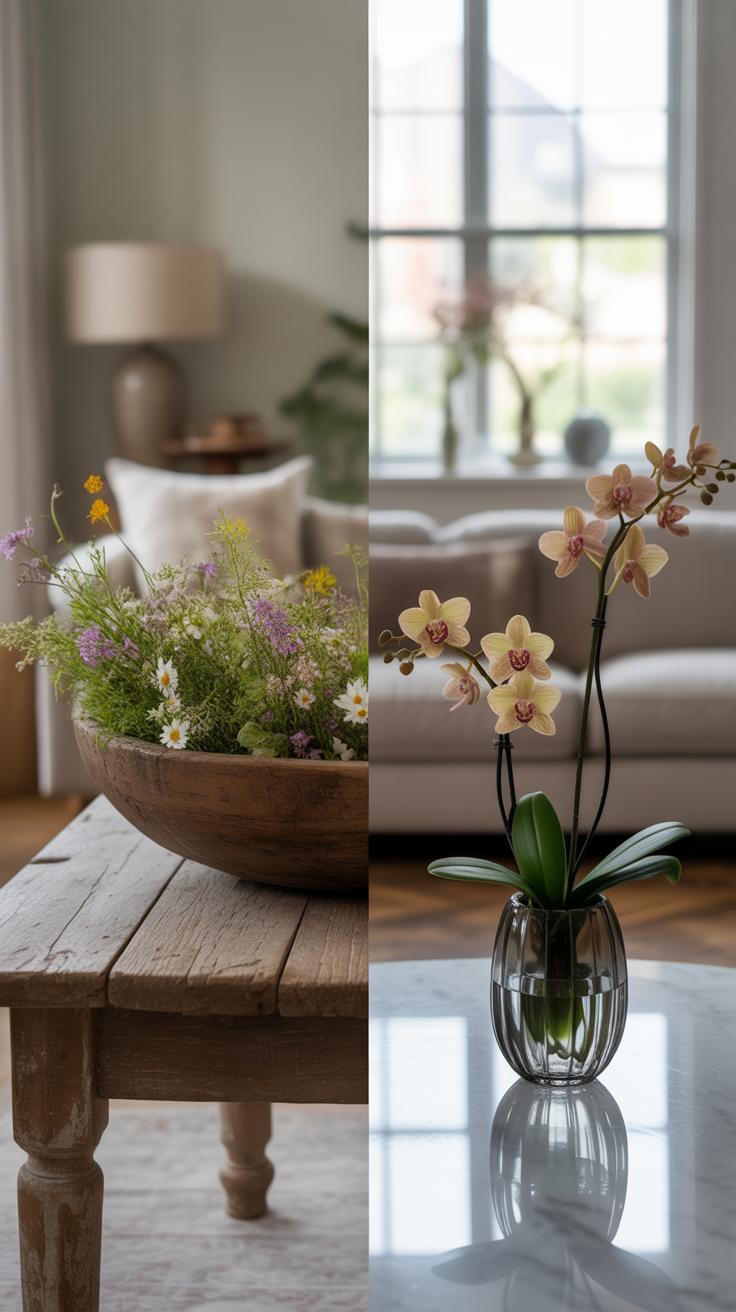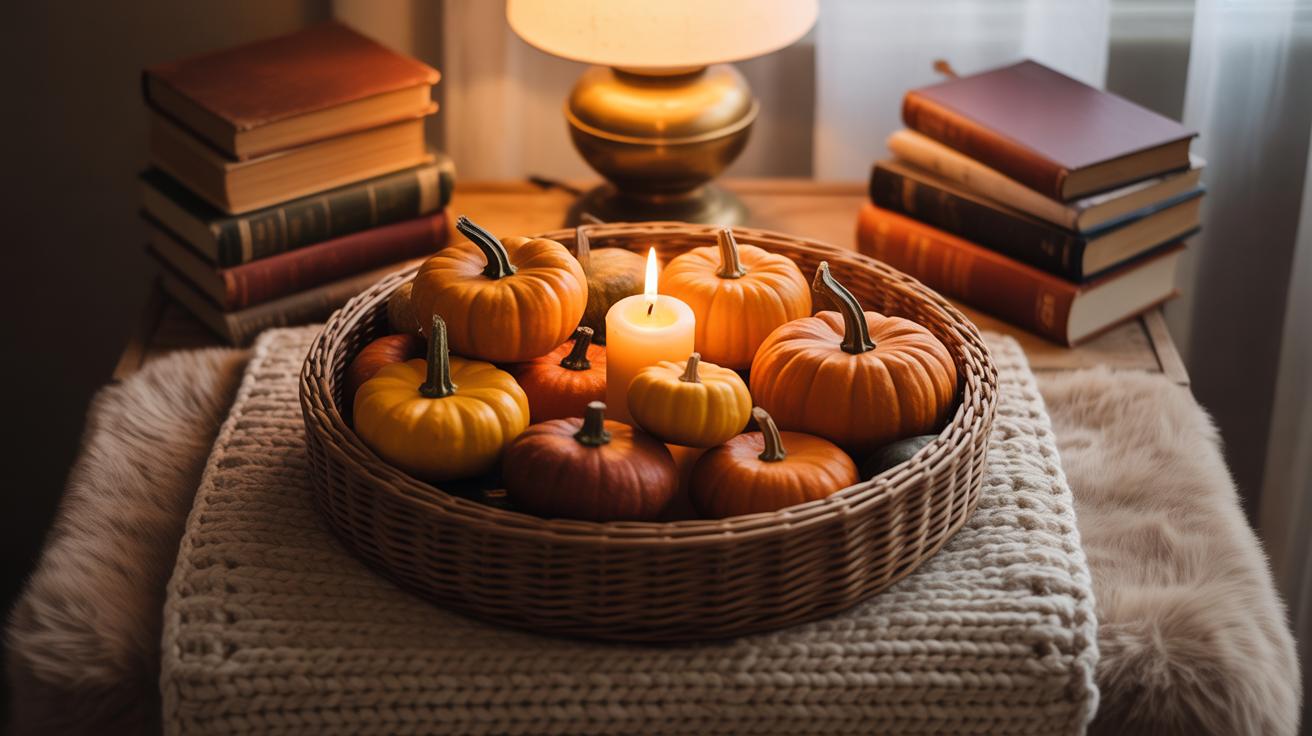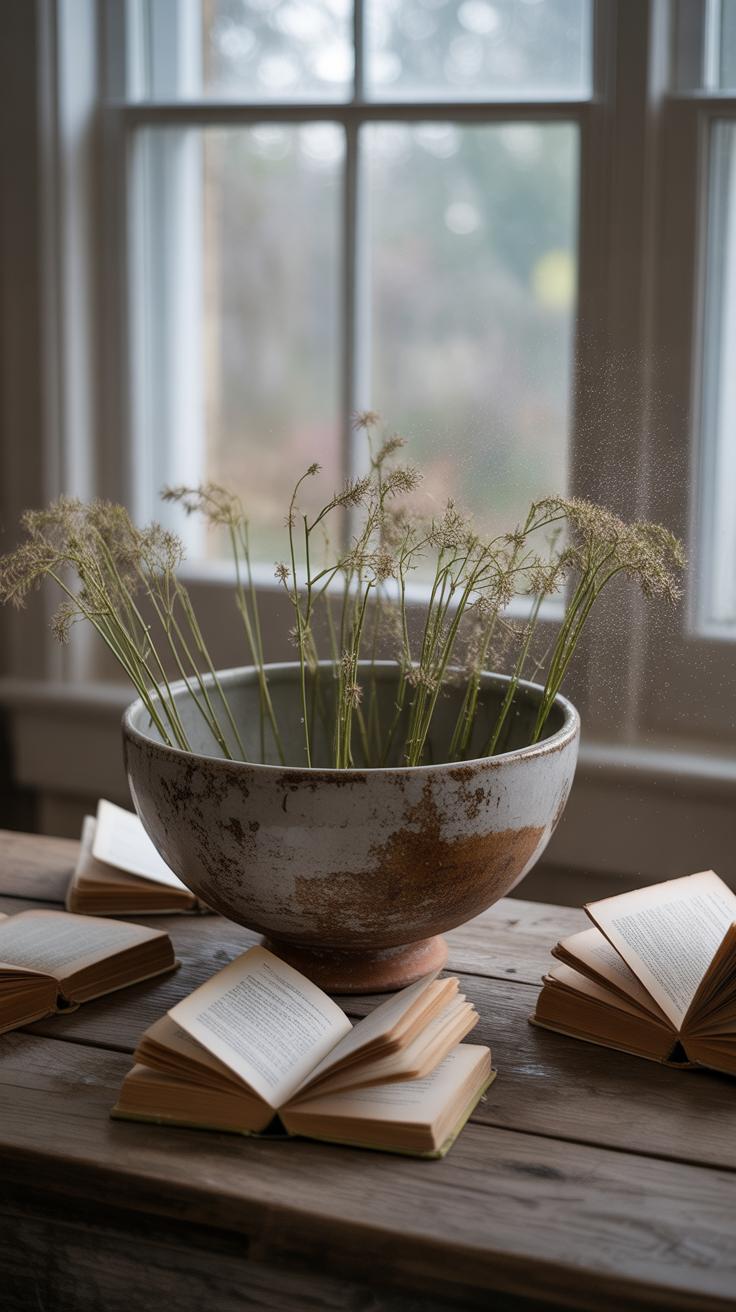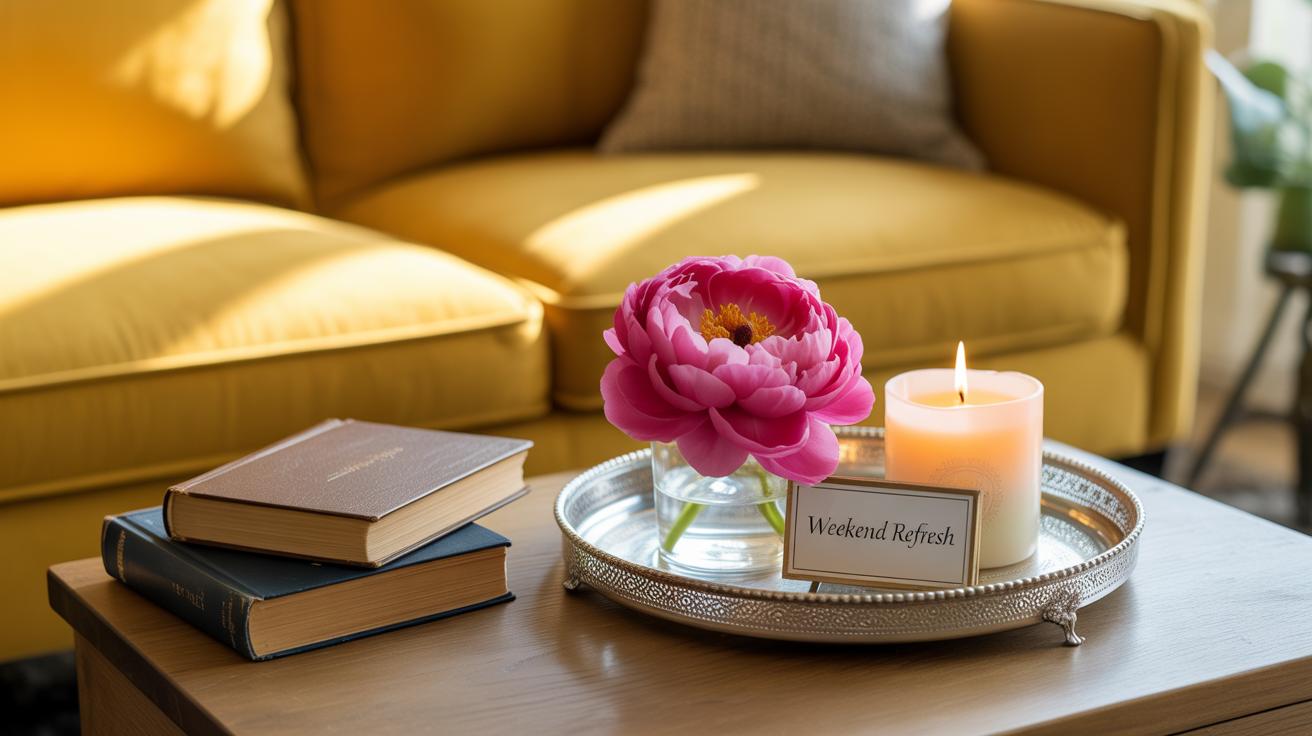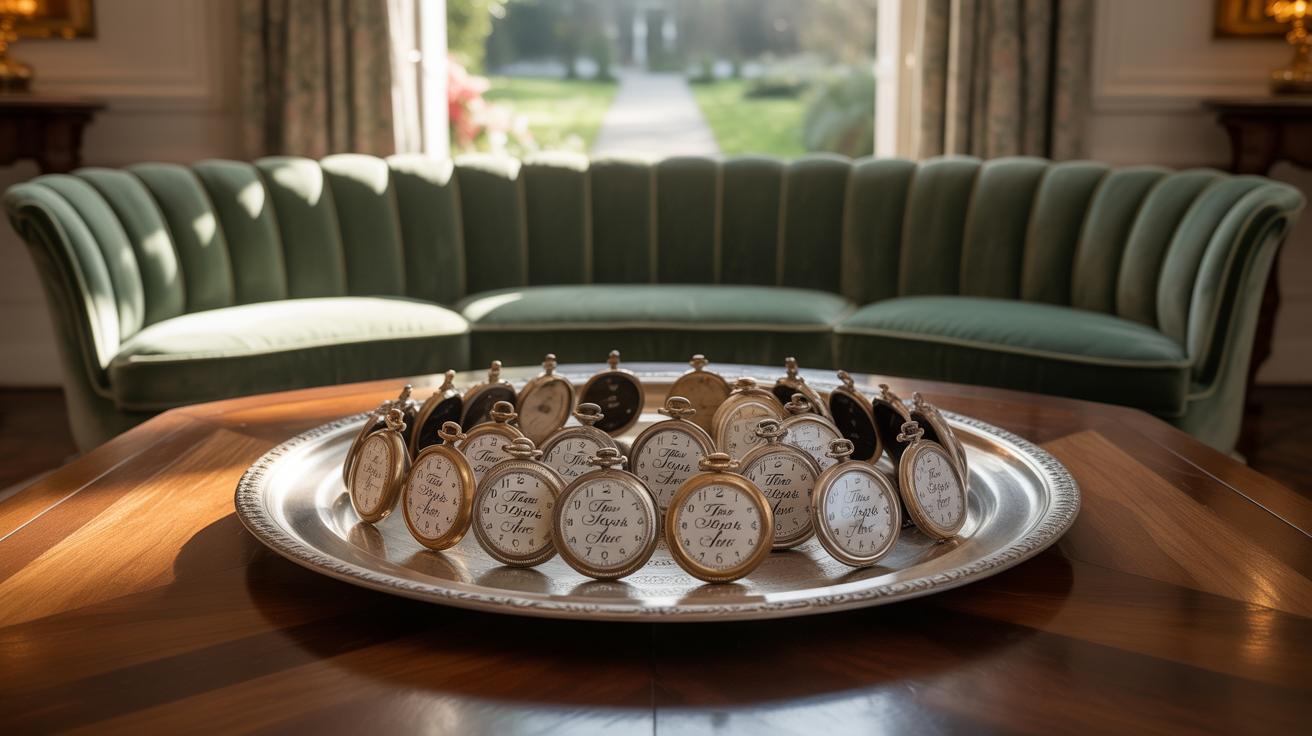Introduction
Choosing the right coffee table centerpiece can change the whole look of your living room. A centerpiece that fits your style and space draws the eye and brings the room together. It creates a welcoming vibe and can express your personality.
In this article, explore practical ideas and tips for selecting and styling coffee table centerpieces that truly steal the show. Learn about materials, themes, and arrangements that fit different tastes and spaces. You will find simple ways to enhance your home decor.
Choosing the Right Size and Shape
Picking the right size for your coffee table centerpiece isn’t always as simple as it seems. The piece should sit comfortably on the table without crowding it or feeling lost. If your centerpiece is too large, it can overwhelm the space and make the table unusable. Too small, and it risks looking out of place or insignificant. Think of balance and proportion as your guides here.
Start by measuring your table. Usually, a centerpiece that takes up about one-third to one-half of the surface works well. This leaves enough room around it, so the table feels open rather than cramped. But maybe this ratio doesn’t feel quite right for your room—trust your eyes, too.
The shape of your centerpiece matters as well. A round centerpiece often complements a round or oval table by echoing its curves. It encourages flowing movement and feels natural in those spots. On square or rectangular tables, square or rectangular centerpieces can reinforce the shape and create a tidy, unified look. That said, a round vase on a rectangular table can break rigidity and add some softness. So, sometimes breaking subtle rules adds character.
For example:
- On a long, narrow coffee table, try an elongated tray or row of small items that follow the table’s length.
- On a small, square table, a compact, round bowl can fill the space nicely without obstructing views.
- For larger, rectangular tables, multiple smaller pieces arranged thoughtfully might avoid the overpowering effect of one big centerpiece.
Remember, your room’s layout affects how the centerpiece plays into the overall feel. If the table sits in a busy corner, a more subtle shape and size might work better than something bold. Size and shape are linked; one shapes presence, the other guides how it fits. Both influence whether your centerpiece truly steals the show or just hangs out unnoticed.
Materials to Consider for Your Centerpiece
When deciding on a coffee table centerpiece, the material you choose affects not just the look but also how it feels in your space. You might lean toward natural materials like plants, flowers, or wood. These options bring a bit of the outdoors inside, creating a calming vibe that’s hard to beat. There’s something refreshing about a wooden bowl or a small potted plant sitting in the center—it almost invites you to slow down. The downside? Natural items need care. Plants might require watering, and wood can scratch or fade if you’re not careful.
Then, there are manmade materials—glass, metals, and ceramics. They offer something a little different. Glass can add shine and make the area feel more open, but it also feels fragile and sometimes cold, I guess. Metals like brass or steel introduce a modern edge and handle wear well, but they could look out of place if your room feels too cozy or rustic. Ceramics give you a huge range of shapes and colors, but sometimes they seem a bit heavy or formal depending on the style.
Picking between these materials often boils down to personality and lifestyle. Do you want a centerpiece that’s alive, needing occasional attention? Or something that’s simply there, looking polished without the upkeep? There’s no perfect answer, and sometimes blending natural with manmade can create a layered effect that’s surprisingly satisfying.
Themes and Styles for Centerpieces
Picking a style for your coffee table centerpiece can feel a bit tricky, especially when you want it to match your space without overwhelming it. Let’s talk about a couple of common directions—rustic and modern minimalist—that often steal the show.
Rustic and Natural
Rustic style usually means embracing textures you’d find in nature—wood, stone, rough pottery. Earthy tones tend to dominate here, which gives the centerpiece a grounded, almost cozy vibe. Think of something like a wooden bowl filled with pinecones, or a cluster of candles nestled on a slab of bark. It fits well in rooms that already feel warm and inviting, maybe with lots of textiles or a fireplace nearby. I’ve noticed that rustic pieces can make a room feel more personal, like there’s a subtle story beneath the surface. Yet, if your space feels too sleek or urban, this style might feel a bit out of place, almost like it’s shouting for attention when hush might be better.
Modern Minimalist
On the other hand, modern minimalist centerpieces are almost the opposite. Less is definitely more here—clean lines, simple shapes, and a very deliberate use of color. Often, you’ll see monochrome palettes or just one accent color. They tend to cut down clutter and let negative space breathe. A single sculptural vase or a geometric tray can anchor the table without crowding it. This style feels calm and purposeful, great for those who want something sharp but not too busy. That said, if you love layers and varied textures, minimalist might feel a bit… cold, or maybe too plain at times. Still, it’s a style that can evolve easily if you want to add a little flair later on.
When deciding, maybe ask yourself: Does my room invite that lived-in warmth, or does it speak to simplicity and structure? Sometimes mixing a bit from each can work too—like a wooden bowl with a sleek, simple design. You don’t have to pick one and stick to it rigidly. After all, your living space is, well, yours.
Incorporating Seasonal Touches
Changing your coffee table centerpiece for each season can feel less like a chore and more like a way to gently refresh your living space. You don’t have to overhaul everything—small swaps often make the biggest impact. Think about swapping out just a few items rather than rebuilding the whole centerpiece. Flowers, candles, or a few carefully chosen decor pieces can shift the vibe remarkably.
For spring and summer, I find that fresh flowers really brighten things up. Tulips, daisies, or even simple greenery in a light-colored vase add a soft, natural touch. Light or pastel tones help keep the feeling airy. Natural elements like seashells or small succulents invite that outdoorsy feel without going over the top. Even swapping in a woven tray or a linen runner can subtly shift the mood to something a bit lighter and more casual.
When fall and winter arrive, it feels almost necessary to bring warmth to your centerpiece. Candles—especially in rich, warm tones—create a cozy glow that seems to make the room want to settle in for longer evenings. Pinecones, acorns, or sprigs of evergreen quietly hint at the chill outside. Sometimes, layering textures, like a chunky knit coaster or a wooden bowl, can add extra comfort. Warm hues in deep reds, burnt oranges, or earthy browns bring a snug feeling that just can’t be ignored.
Changing these elements with the seasons invites you to interact with your space in an ongoing way. It’s more than just decoration—it’s about connection, and that’s something subtle you might not notice right away. Have you tried rotating just one or two centerpiece pieces seasonally? It’s surprising how much that small effort can shift your whole room’s atmosphere.
DIY Centerpieces You Can Make
If you want to try your hand at crafting your own coffee table centerpiece without breaking the bank, flower arrangements and decorative trays are excellent places to start. They’re simple, affordable, and quite flexible—plus, you don’t need tons of experience or fancy tools.
Flower Arrangements
Start by picking either fresh blooms or artificial ones—both have their perks. Fresh flowers bring life and scent but need care, while artificial ones last longer and need no watering. Choose a vase or container you already have, maybe something unexpected like a teapot or a glass jar. Then, clip the stems at varying heights. Why not try odd numbers? Group a few larger flowers with some smaller filler blooms or greenery.
Feel free to experiment with color combos or stick to a single hue for a cleaner feel. Don’t worry too much about perfectly symmetrical bunches; sometimes the slightly lopsided look feels more natural and inviting. If you’re using fresh flowers, popping a few drops of lemon juice or aspirin in the water might help them last longer—though results vary.
Decorative Trays and Bowls
This one’s quick and versatile. Grab a tray or a shallow bowl—wood, metal, or glass. Now, fill it with candles, stones, pinecones, or small objects you find interesting or meaningful. Some people like to gather shells from a recent trip or smooth river rocks for a little tactile appeal. Others fill the space with seasonal items like acorns or dried fruit.
Don’t stress about clutter—sometimes more is more, but sometimes less is just right. Try layering candles in different heights or mixing textures like shiny stones with rough twigs. Trays keep things contained, preventing clutter from spreading across your coffee table. Plus, it’s easy to switch out elements whenever you want a change. It’s that uncomplicated—that’s why I find this approach so inviting if you want a fresh look without fuss.
Setting and Styling Your Centerpiece
Placing a centerpiece on your coffee table is more than just dropping it in the middle. Think about what you want to see and what you want to use the table for. You don’t want it blocking the view between people or taking up all the space that could hold your coffee cups or magazines.
Start by centering the piece but leave enough room around it—about a few inches on each side is usually good. If your centerpiece is tall or bulky, consider placing it slightly off-center to keep things open and inviting. Sometimes, perfect symmetry feels stiff, so a little imbalance can actually make the scene more interesting.
Layering adds depth and texture. Try using a tray or a stack of books as a base, then place your main item on top, and add smaller touches like a small plant or a decorative object nearby. This creates a sense of intentionality, instead of just crowding the table with random things.
Lighting changes everything. Even soft, flickering candlelight can turn a simple arrangement into something cozy and attractive. You could mix in battery-powered tea lights or a small string of fairy lights hidden beneath glass containers or floral arrangements. It’s surprising how much life a little glow adds, especially in the evenings.
Keep the clearance practical and attractive. You want your centerpiece to invite conversation, not interrupt it. If people constantly have to move it or dodge it, the centerpiece might be more of a hassle than a highlight. Finding that balance takes some trial and error, but it’s worth the small experiments.
Balancing Function and Decoration
When it comes to coffee table centerpieces, you want something that looks good but doesn’t get in the way. A pretty arrangement is nice, but if it leaves no room for a cup of coffee or a favorite book, it can quickly become frustrating. I think the trick is to let the centerpiece breathe – give it space to shine without crowding the table.
Try to keep an area free around the edges or at least on one side. It might seem obvious, but I’ve seen centerpieces that fill every inch of the table and make it tough to use for everyday needs.
Choosing Multi-Purpose Pieces
Picking items that serve double duty helps a lot. Like a chic bowl that holds keys or remotes, which keeps clutter off the couch but still looks stylish. Coasters that blend with your décor but protect your surfaces can be part of the centerpiece too. Sometimes, a stack of interesting books can act as a base for a small plant or candle. That way, you get decoration and function from the same spot.
Keeping Clutter Away
It’s tempting to add lots of little decorative things, but that often makes the table look messy. The goal should be a few thoughtfully chosen items rather than many random ones. Using trays or boxes shrinks the footprint of smaller pieces and makes tidying easier—you just lift the tray and clear the surface in seconds. In my experience, having a routine to clear off unrelated items daily keeps the table from turning into a catchall. What’s your routine like? Sometimes it feels like a never-ending battle, but a clean, uncluttered table really makes those centerpieces pop.
Centerpieces for Different Room Styles
Traditional Room Centerpieces
Traditional rooms often feature rich wood tones, ornate details, and classic shapes. Matching a centerpiece to this environment means leaning into elegance without being too flashy. Think of a carved wooden tray holding a cluster of candles or a porcelain bowl filled with seasonal fruit. These simple touches feel right at home with vintage coffee tables or tufted sofas.
One trick is to use elements that echo your room’s existing colors and textures. Velvet-lined boxes, brass accents, or even a small floral arrangement in a crystal vase often fit the bill. I’ve found that mixing metals with soft fabrics here creates a pleasantly layered effect, although you don’t want to overcrowd the table and lose function.
And yes, sometimes less is more in traditional spaces. A single standout piece, like an antique clock or a set of leather-bound books, might just make the strongest statement.
Casual and Contemporary Styles
Casual and contemporary rooms call for a different approach—think more relaxed, less fussy, but still intentional. Minimalism often plays a role here, but that doesn’t mean empty. Rather, clean lines and simple shapes dominate, so your centerpiece should reflect that.
A sleek ceramic bowl, a geometric sculpture, or a cluster of succulents in modern pots can work wonders. I’d recommend going for materials like glass, concrete, or light wood, which blend easily with open, airy spaces.
Sometimes, a bold splash of color can brighten a neutral room, but restraint prevents the centerpiece from overwhelming the space. You might try a bright tray or a bold candle set—pieces that can shift with your mood or season. Casual rooms invite experimentation. So, don’t worry if your centerpiece doesn’t feel “perfect.” It’s about what feels right at the moment.
Maintaining and Refreshing Your Centerpiece
Regular Cleaning
Keeping your coffee table centerpiece looking good takes more than just placing it there and forgetting about it. Dust settles quickly, especially on items with textured surfaces like ceramic or wood. A soft cloth can work wonders for most materials—just lightly wipe away dust and fingerprints. For glass or metal pieces, a gentle glass cleaner or a damp microfiber cloth will restore shine without damage. If your centerpiece has natural elements like dried flowers or wood, avoid harsh cleaners that might dull or warp them. You might want to check a small hidden spot before going all in—it’s a simple trick I use to avoid ruining anything by accident.
Fabric or woven baskets in your arrangement? A quick vacuum with a brush attachment or even a gentle shake outside can remove debris. You’d be surprised how simple steps like these keep everything looking fresher for longer. There’s no need for complex treatments, really.
Simple Refresh Ideas
Sometimes, the centerpiece feels tired even if it’s clean. What then? You don’t have to buy new things every season. Swapping out flowers is one of the easiest ways to breathe new life into the setup. Switch fresh blooms for dried, or try a different color palette depending on the mood you want.
Rearranging your existing items can also make a big difference. Changing heights, rotating elements, or clustering smaller objects differently shifts the whole vibe. Adding something small yet unexpected—say, a candle, a unique stone, or a seasonal trinket—can catch eyes without cluttering the space.
Think about what your room really needs right now. Is it a pop of color? Some texture? Sometimes just a simple tweak sparks new interest. You might hesitate to change because “it’s just how it’s always been,” but breaking the pattern can refresh your whole living space without much effort or expense.
Conclusions
A well-chosen coffee table centerpiece makes a big difference in your living space. It can set the mood, highlight your style, and bring a room’s elements into harmony. By thinking about size, color, material, and function, you can find the perfect centerpiece that fits your needs.
Experiment with different looks and arrangements to keep your space fresh. Your coffee table centerpiece can be a source of joy and inspiration for you and your guests. Start with small changes and watch your room transform.

